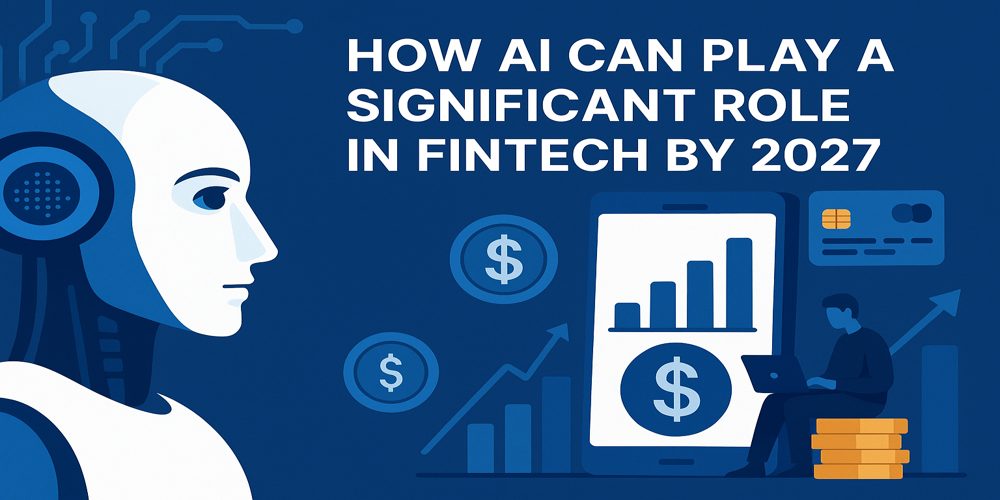Is There A Tooth Fairy, Really?
As a child when my first milk tooth fell, I was told to keep the tooth under my pillow at night. When I woke up next morning, I was delighted to discover a One rupee coin instead of the tooth under my pillow. When I asked my parents about it, they told me that a tooth fairy had switched my tooth for a rupee coin during the night. As a child the story had lots of appeal for me. Of course as I grew older I realized that there was no tooth fairy and that the One rupee coin was placed by my parents.
The stories doing rounds of zero percent finance scheme are perhaps of the same genre.
The old adage that “there is no such thing as free lunch” aptly describes the zero-percent-interest schemes. These schemes were widely popular till a few years back. RBI regulations advising banks to refrain from offering such schemes as well as the general withdrawal of major banks from consumer durables financing has meant that such schemes have not been in vogue for the last 2-3 years.
However there are several NBFCs ( Non-Banking Financial Companies) that continue to finance consumer durables purchase and also have zero percent schemes. The main attraction of such schemes is that they influence you to purchase consumer goods that could be more expensive than your wallet size. The lure of zero percent interest is an added attraction that makes you feel that ‘YES’ I am getting something free and thus I am able to buy a ‘bigger and better’ product.
So how do these schemes work?
Unlike their names, most Zero percent schemes have other costs in built. The biggest cost is that you forfeit the cash discount that you would have got otherwise from the retailer. Also you will be paying some processing/transaction fees and/or advance EMIs.
So let us see how the costs stack up in a so called zero percent scheme
Example: A LCD colour television costs Rs. 48000 and is available on zero percent EMI scheme for 6 months (i.e. There is a EMI of Rs. 8,000 per month for 6 months). The consumer needs to pay a processing fee of Rs. 1,000. If the customer had bought the same TV by making a full payment he could have availed of a cash discount of Rs. 2,000 which he is not getting if he opts for the zero percent scheme.
So it works out like this :
______________________________________________________
Cost of television set : Rs. 48,000/-
—————————————————————————————
Amount paid/Cost incurred in advance:
————————————————————————————–
Processing fees Rs.1,000/-
————————————————————————————–
Cash discount foregone Rs. 2,000/-
————————————————————————————–
—————————————————————————————-
Total Rs. 3,000/-
—————————————————————————————-
Net finance received Rs. 45,000/-
—————————————————————————————-
Payment made by 6 installments of Rs. 8,000/- each (aggregating in all to Rs. 48,000/- against the finance received of Rs. 45,000/-).
The effective interest cost works out to 23% p.a. (see the calculator consumer goods calculator).
However the popularity of such schemes with consumers particularly in festive season cannot be denied. Market sources say that despite being costlier in some ways, consumers prefer to go for these staggered payment schemes and have been highly successful in pushing sales and expanding the market for the durables. This is primarily because of the fact that purchasing through credit cards is very expensive as compared to purchasing through these schemes.
Also, the success of these schemes can be attributed to the availability of credit at the point of purchase, minimal paper work, small ticket size and hence a not-so-stringent eligibility criteria.
So are there any true zero percent schemes? Yes there are.
Some of them are available on the much maligned credit cards. The credit card that I have allows me to convert specific spends greater than Rs. 5,000/- into a 3 months EMI without any cost or fees. This is the closest that hard nosed bankers come to offering true zero percent schemes. Some other major credit card issuing banks also have similar schemes.
Best way to check if a zero percent scheme is a true zero percent scheme is to ask the following questions :
Any fees or charges
If I pay full amount do I get a discount that I am not getting if I take the zero percent scheme.
If answer to both the question is No then you have a true zero percent scheme!
So you can zero in on your zero percent schemes.








